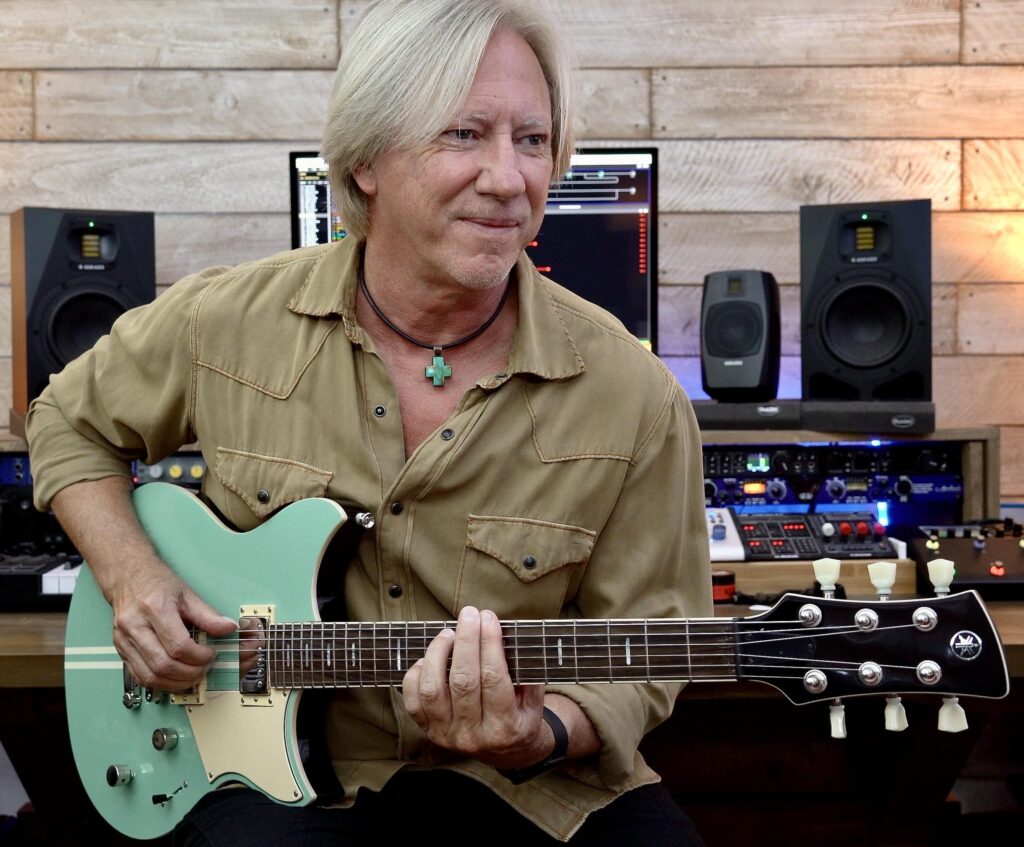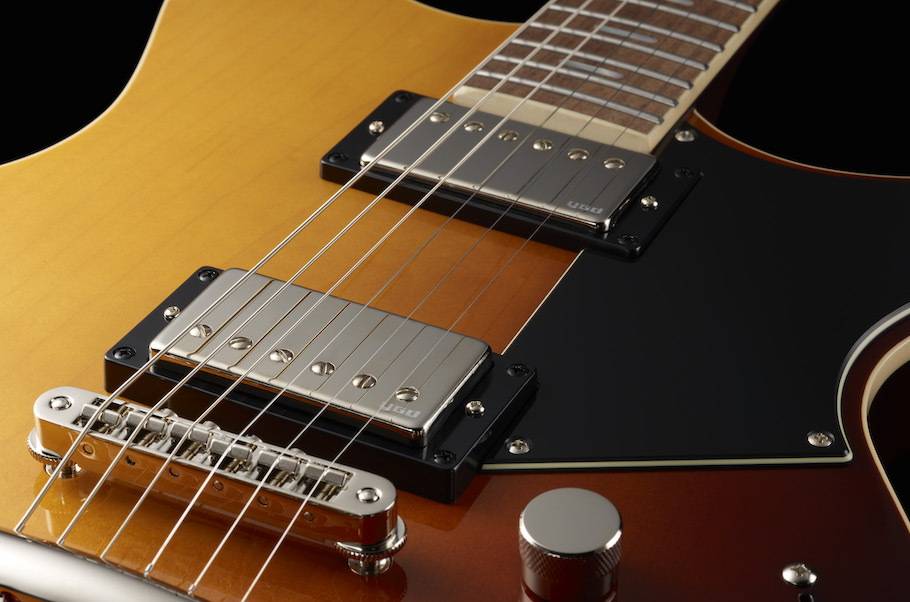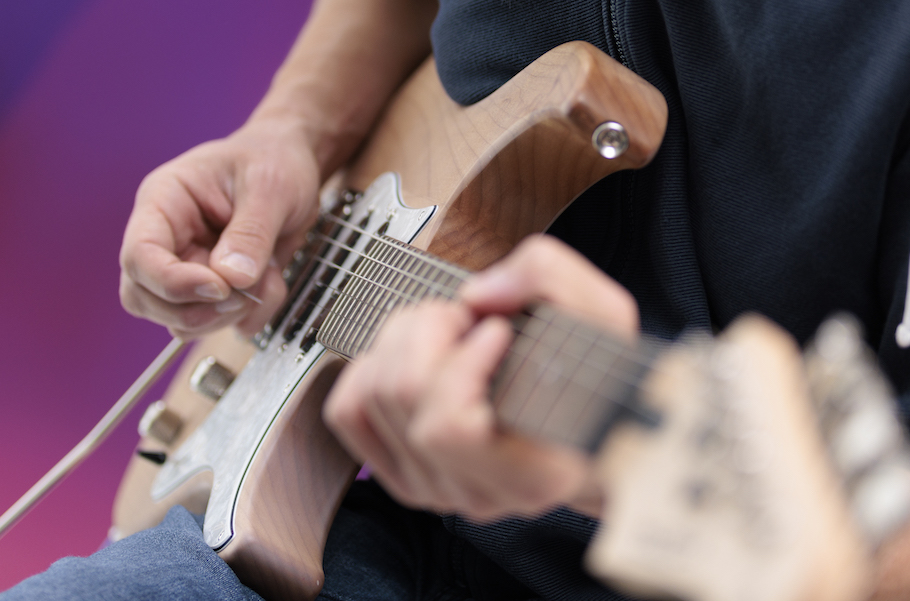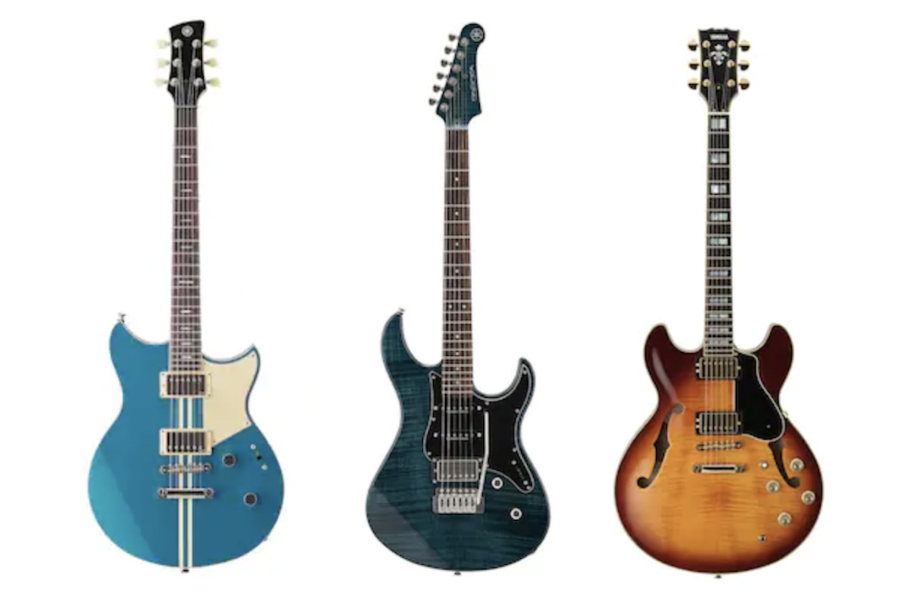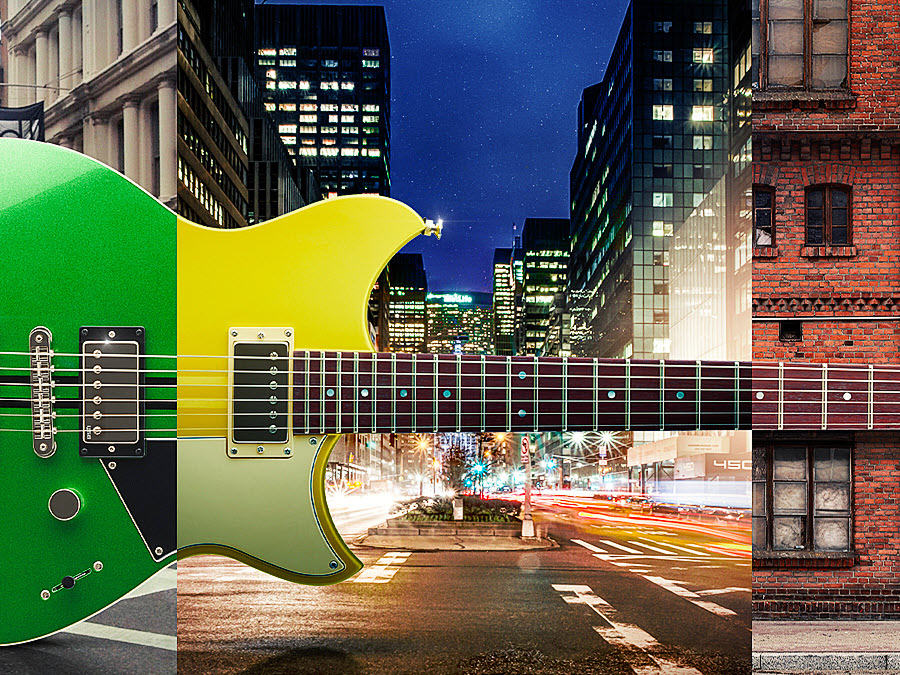First Look: New Yamaha Pacificas
Taking a classic to the next level.
My first experience playing a Pacifica guitar was at the 2018 summer NAMM show, when Yamaha launched a limited edition PAC612VIIFM in stunning Indigo Blue and Translucent Black finishes. That model eventually became part of the current Pacifica roster, along with an added “Root Beer” color option.
Up until recently, those 600 Series guitars led the pack (no pun intended) with flame maple tops, Seymour Duncan pickups, Gotoh locking tuners and a Wilkinson tremolo system. You may have seen demos of me playing the 612VIIFM in previous blog postings and on my YouTube channel. These guitars were (and are) eminently worthy of the semi-pro and professional musician looking for an extremely versatile, top-quality guitar at an incredible price.
Enter 2024 and the recent winter NAMM show in Anaheim, California. Media Day traditionally occurs on the day before the show officially opens to the trade and public. The Yamaha guitar team were especially revved up this year as they eagerly awaited the official launch of something very special.
That something special was, of course, the all-new Pacifica Standard Plus and Professional models, which have been completely redesigned from the ground up. I had the privilege of demoing both at the show. Here are my first impressions of these extraordinary new instruments.
Shared Features
Construction
Both the Standard Plus and Professional have a uniquely contoured alder body with a bolt-on neck joint. The maple necks are satin-finished polyurethane, with an extremely comfortable slim “C” profile. The fretboards offer 22 medium stainless-steel frets and are available in maple or rosewood. The nut material is Graph Tech TUSQ, and the Gotoh locking tuners are extremely stable; in addition, a Gotoh tremolo bridge offers smooth action for chordal shimmers, pull-ups and dive-bombs alike.

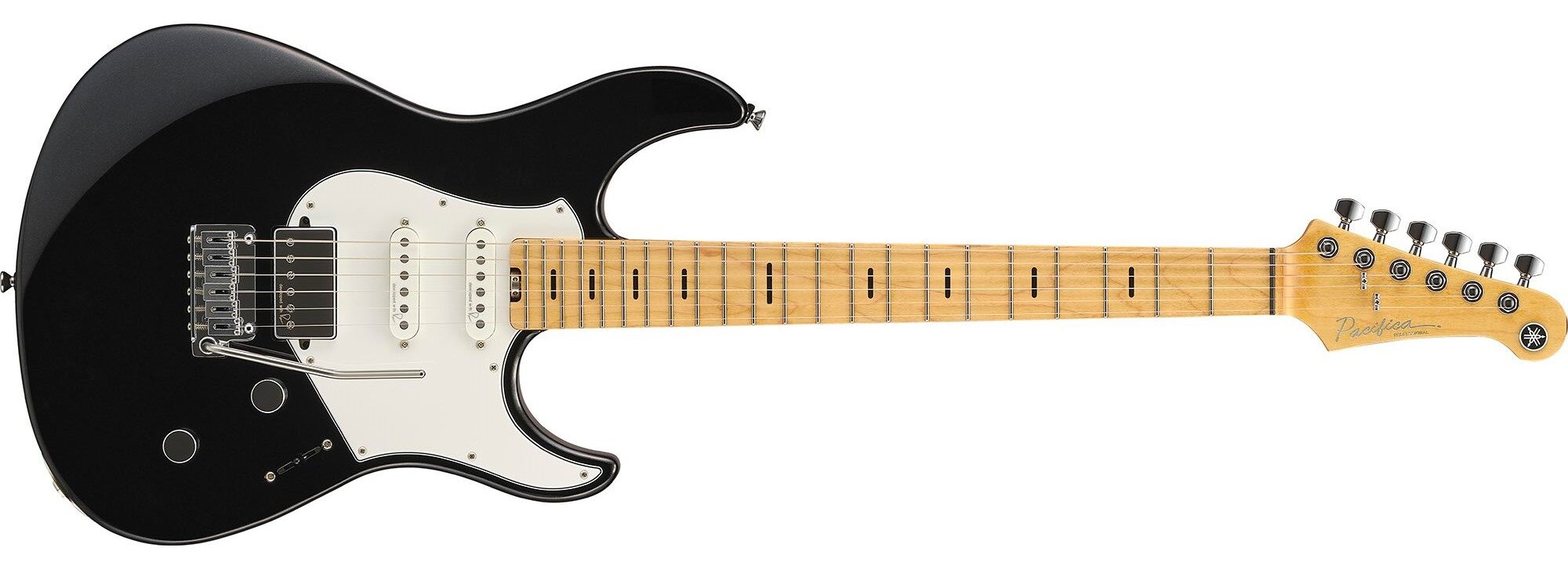
As you can see in the images above, the pickguard has also been redesigned for these Pacificas, and now claims its own identity on this type of double-cut guitar. I love its shape, and think it really helps define the contours, visual appeal and upper-echelon status within the Pacifica lineup.
Pickups
Yamaha collaborated with Rupert Neve Designs, a renowned British studio audio company, to create the new Reflectone humbucker and single-coil pickups featured on the new Pacificas.
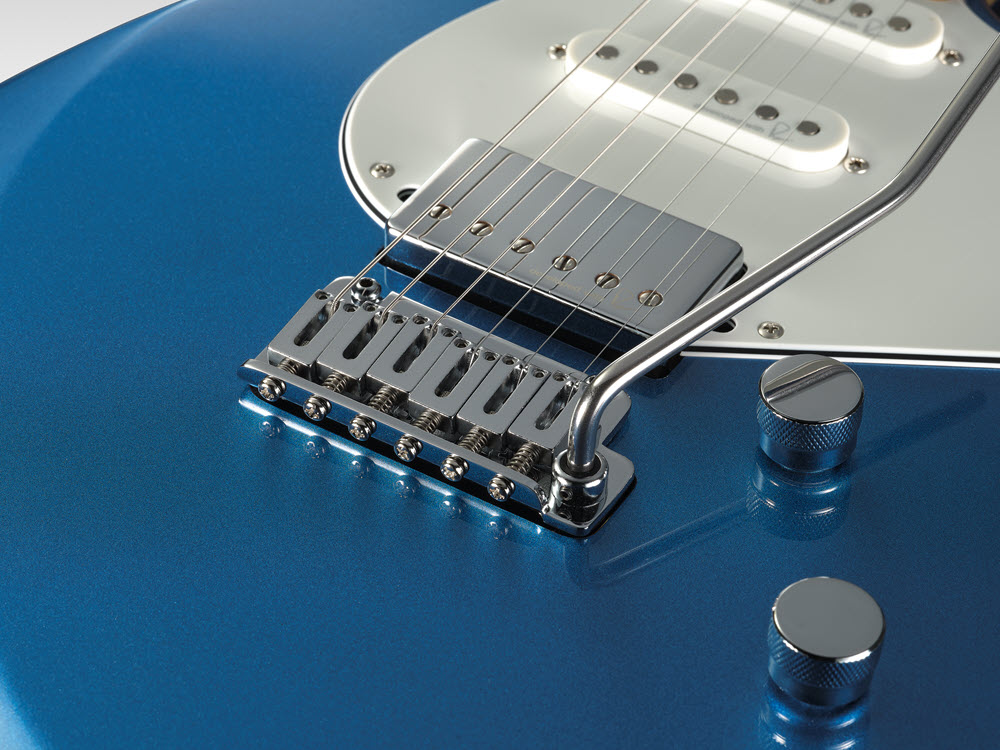
The pickup configuration for both the Standard Plus and Professional models is HSS (humbucker/single-coil/single-coil), with a humbucker in the bridge and single-coils in the middle and neck positions. The humbucker can be coil-tapped using the pull-pot on the tone control, making for a total of seven pickup configurations using the standard five-way switch. All three of these unique pickups elicit a balanced tonality across all of the strings in every register of the fretboard and remain constant in volume when switching through the various pickup combinations — no mean feat!
The tonal balance between the bass and treble frequencies is exceptional, even when using higher-gain settings. Complex chords retain clarity in the harmonics, while single-note lines seem to have what I would describe as “melodic air” around them.
Acoustic Design Technology
The Yamaha Acoustic Design technology employed in both of these guitars utilizes scientific processes such as 3D modeling to devise wood-routing techniques that increase body resonance and improve the transfer of vibrations between neck and body. While you may not initially hear the difference that this advanced chambered design makes, you definitely feel the resonance in your hands, along with the increased sustain of the note vibrations.
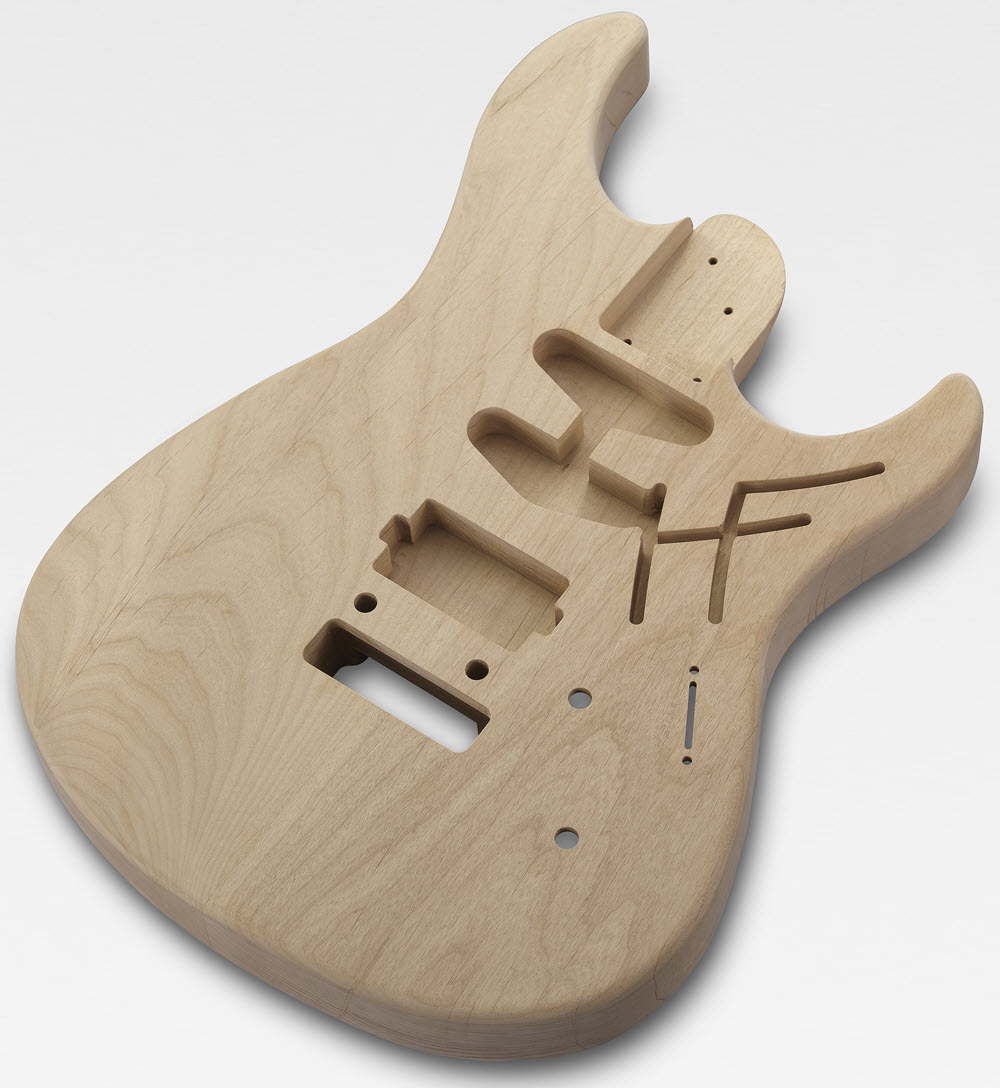
Differentiating Features
In addition to the features common to both models listed above, Pacifica Professional guitars also sport a custom-tinted maple neck stain as well as a 10″ – 14″ compound-radius fretboard for relaxed chordal fretting and smooth, choke-free bending in the upper regions of the neck. You’ll also notice that the Pacifica script logo on the headstock has a classy, raised liquid metallic look and feel to it.
The alder bodies on Professional models receive the exclusive Yamaha I.R.A. (Initial Response Acceleration) treatment process. This essentially maximizes resonance and sustain within a new instrument for a more “played-in” feel and sound.
All Professional models are meticulously crafted in Japan and come complete with a hardshell case and certificate of authenticity. Standard Plus models are crafted in Indonesia and travel in style with a padded gig bag.
There are some exciting new colors for these two guitars, too. Regardless of fingerboard choice, Standard Plus models are available in Sparkle Blue Metallic, Ash Pink and Black finishes; in addition, those with rosewood fingerboards are available in Shell White. Professional models with maple fingerboards are available in Beach Blue Burst and Black Metallic finishes, while those with rosewood fingerboards are available in Sparkle Blue Metallic and Desert Burst.

The Videos
I had the pleasure of auditioning these two gorgeous guitars in my studio prior to launch. In the two videos below, I wanted to demonstrate all the unique qualities these instruments possess, as well as allowing the viewer to hear the sound of the seven pickup selections, using both clean and overdriven tones.
Both models were easy to capture sonically and needed zero EQ to sit in the mix. I literally used just the pickup selections to adjust tonal balance between the treble and bass response for each of the guitar parts. The sound is augmented with some custom presets I created for my Line 6 Helix processor.
Pacifica Standard Plus Demo
The opening chord sequence demonstrates how complex chord voicings retain clarity in the mix, while the softly overdriven lead tones sustain perfectly over the harmonic structures, even when harmonized with a diatonic third above the melody.
Pacifica Professional Demo
Here, open chords with overdrive are contrasted with upper chord arpeggios that have a nice clean sound. The single-note riffs demonstrate tones in the lower register, funky, muted lead lines in the middle of the fretboard, and some additional lead lines and tasty string bends in the upper regions of the compound-radius fretboard.
The Wrap-Up
I get to play a lot of different guitars. Some speak to me in a way that inspires my creativity in the short-term, while others are excellent over the long-term, suitable for most of the recording or live performance applications I’d use them for. The new Pacificas do both.
These guitars cover a lot of musical ground!
The redesigned Pacifica Professional and Standard Plus bring both versatility and world-class tones to the equation, combined with stunning color options, practical design, playability and high-quality components. You owe it to yourself to check them out.
Photographs courtesy of the author










